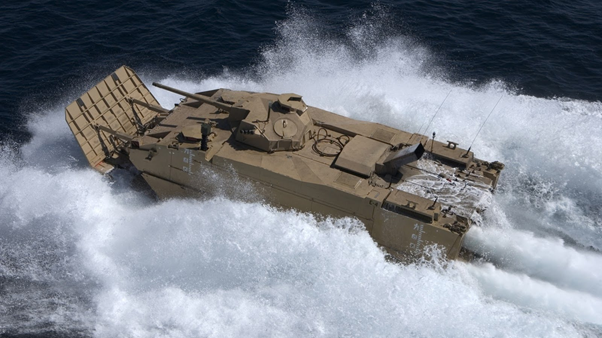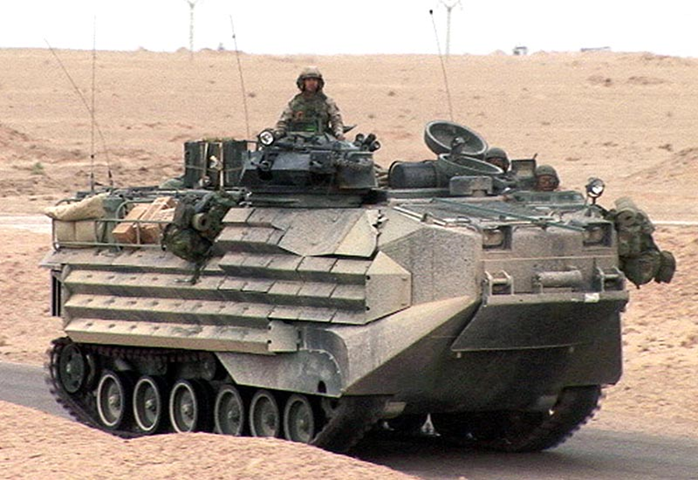
@MilremR and Marduk Technologies have announced a so-called autonomous counter-UAS system to provide mobile defence against loitering munitions and ISTAR unmanned aircraft 1/ 

Base platform is Milrem's THeMIS, which is becoming rather popular and being developed into an increasingly vast range of roles across combat, logistics and recce roles. 2/ 







The CUAS element is the Marduk Shark. This uses optical sensors to identify 'suspicious' flying objects at up to 5km, track and classify, then allow engagement via unspecified soft kill effectors. Hard kill via the addiiton of a directed energy weapon is suggested as an option 3/ 

The broad proposal is that most existing CUAS is static for base defence, but the biggest threat is against frontline forces on the move in contested areas. A mobile, small sized and autonomous capability would threfore keep pace and provide persistent automated protection 4/
The broad strokes are a fair propsal, the US is bringing IM-SHORAD online to fill the mobile VSHORAD/CUAS gap, and a similar weakness particualrly against UAS threats exists in most countries. end/ 

• • •
Missing some Tweet in this thread? You can try to
force a refresh















